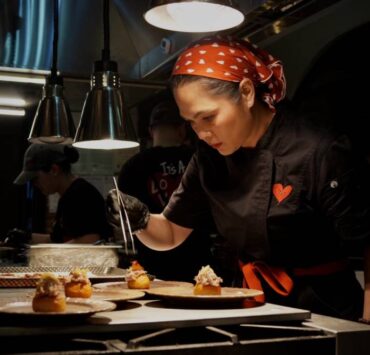Inside the set of ‘Shake, Rattle & Roll: Evil Origins’
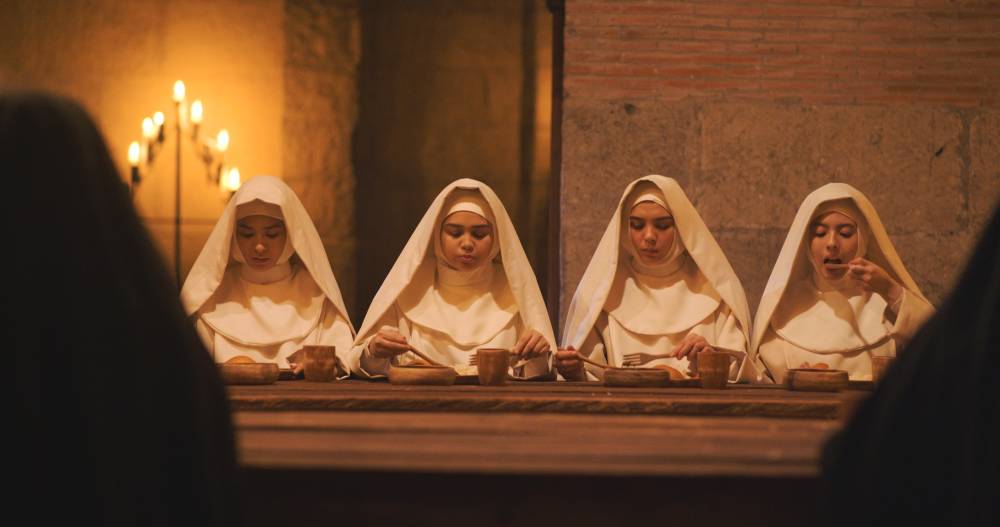
The “Shake, Rattle & Roll” franchise is a staple of the Metro Manila Film Festival (MMFF) since its inception in 1984, missing out only twice (the sixth installment in 1996 and the 16th in 2023). That said, there was no question that the 17th installment, “Shake, Rattle & Roll: Evil Origins,” was chosen to be part of the eight films of this year’s MMFF. The teaser even showcased an impressive cast that includes Carla Abellana, Janice De Belen, Francine Diaz, Seth Fedelin, Fyang Smith, JM Ibarra, Richard Gutierrez, Ivana Alawi, Dustin Yu, and Manilyn Reynes.
“Shake, Rattle & Roll” (lovingly called “Shake,” for short) is a trilogy of three short horror films, and this year’s directors are Shugo Praico, Joey De Guzman, and Ian Lorenos.
No spoilers here
I was lucky enough to score an invite to attend a shooting day of the third segment of the trilogy, entitled “2050,” where Lorenos was directing a huge fight scene between Alawi with some monstrous humanoids. I wasn’t sure if they were aswangs or something else, and I didn’t want to ask. I wanted to be surprised.
While Lorenos was busy getting the shot just right to ensure the action was fast-paced and hard-hitting, I sat down with returning horror veteran Reynes, asking her about her return to the genre. I even got to talk to producer Keith Monteverde Teo about the success of “Shake” over the years and how they keep the franchise new.
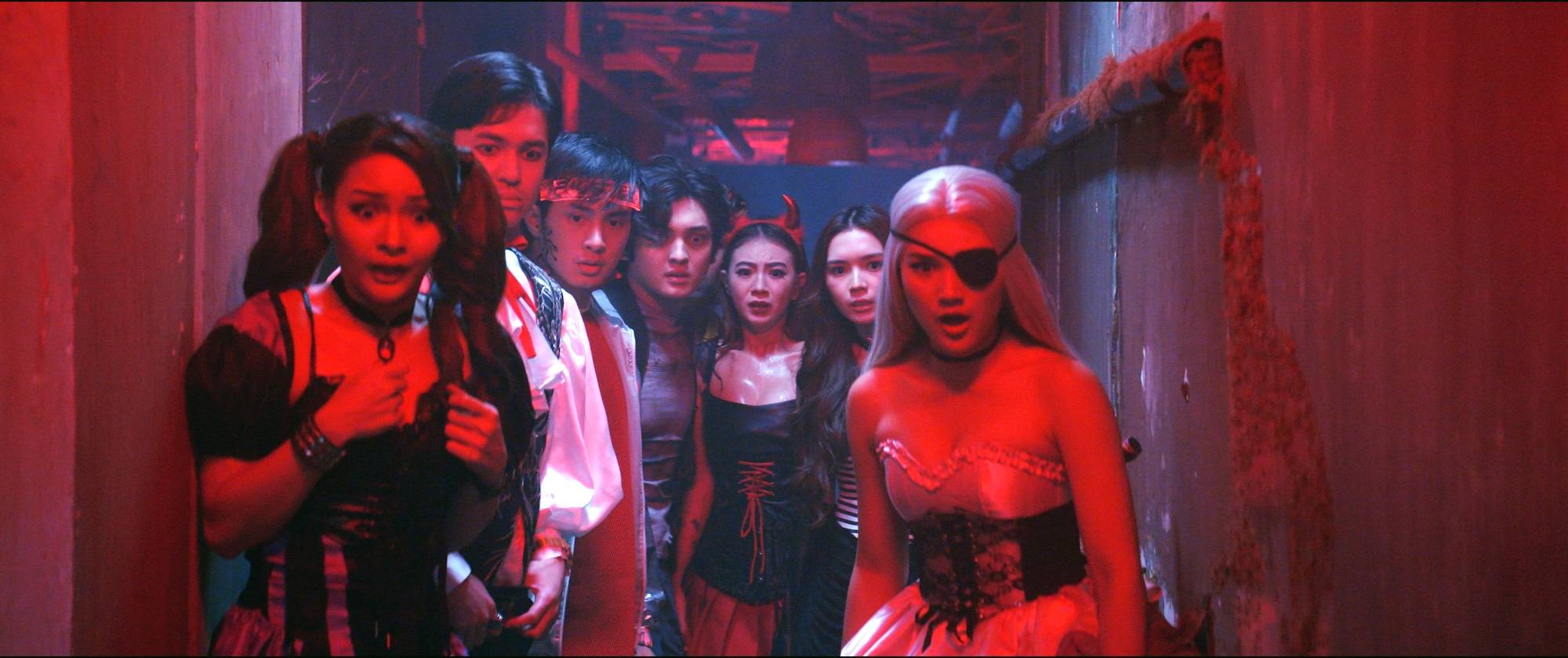
So why is it sub-titled “Evil Origins,” you may ask?
“For this one, we wanted to make it more ambitious,” Teo explains. “For the first time, not only are we going to have three episodes with three different casts and three different stories, but now, we are going to have three different timelines. The theme of this ‘Shake’ is past, present, and future.”
“One of the central themes of this ‘Shake’ is that evil is a cycle,” he adds. “Evil keeps coming back, time and time again.”
The whole cast and everyone on the set is so tight-lipped about the storylines and the script—all I could glean from them was that this film is set in three different time periods. The past is entitled “1775,” directed by Praico. The present segment is called “2025,” directed by De Guzman. The third is “2025,” directed by Lorenos.
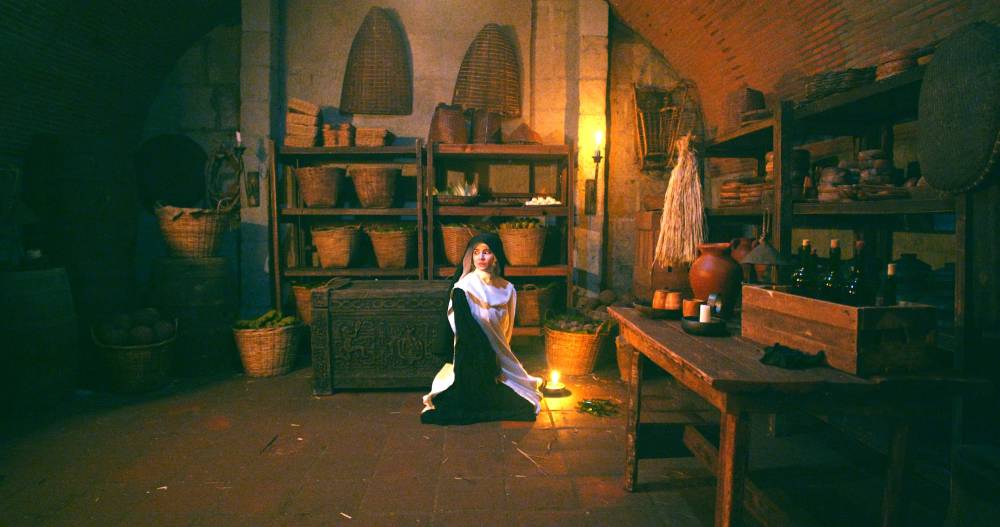
A callback to iconic “Shake, Rattle & Roll” stars
Other than the timeline, Teo wanted to bring back certain actors to really pay tribute to the series he grew up with, which is why De Belen and Reynes make their return to the franchise, while other actors are also returning, like Abellana, who did three projects before this one.
“It means a lot to me to be able to do ‘Shake, Rattle & Roll,’” Teo admits. “Having moved back to the Philippines just last year, I really wanted to do ‘Shake,’ and this was really special because ‘Shake’ was the first horror movie I saw at the theater. It was in 1990 with my grandmother. It is a very special series for me. I always look forward to it. My favorite episode was the one with the aswang with Manilyn Reynes. And so, it was important for me to bring back Manilyn for this. It was a callback to that ‘Shake, Rattle & Roll.’”
For Reynes, it’s been 18 years since she was last a part of the franchise, appearing in the LRT episode of “Shake, Rattle & Roll,” directed by Mike Tuviera. She recounts the time when they called her back to return to the franchise, saying that Regal Films called and set up an appointment—a Zoom meeting, in fact. They presented the story, the entire storyline, and the role, and the first question they asked was “Gusto mo pa ba mag ‘Shake?’” Reynes says, to which she raises her voice, mimicking her response then: “Of course!”
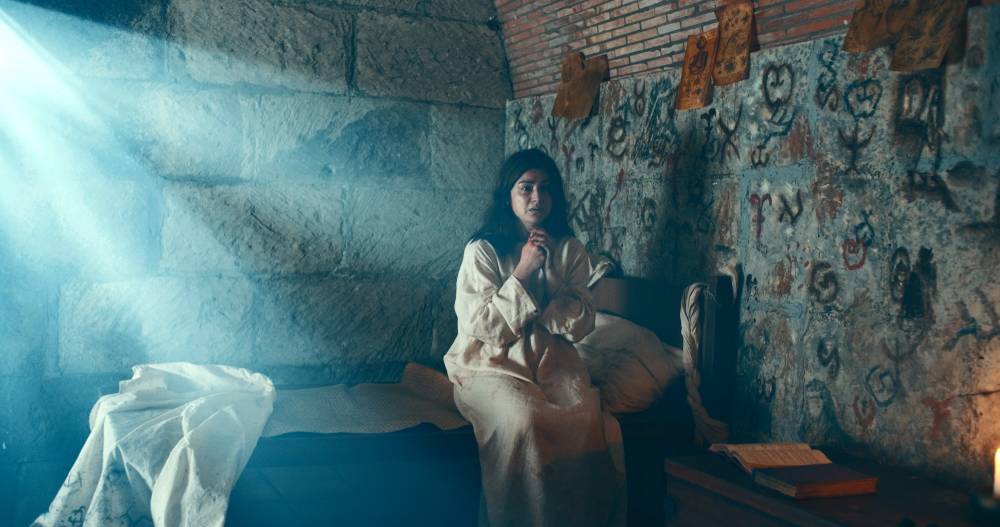
“Napaka-familiar ako sa ‘Shake,’” she continues. “Ito ’yung genre… ’yung horror, na familiar na familiar ako. Not that I don’t like doing drama or comedy, but this is the genre I like doing. It’s closest to my heart.”
In the “2025” segment, she plays the “cool aunt” of Richard Gutierrez, and though she hasn’t done a lot of horror in the past decade, it was so easy getting back into the saddle. The moment she put on her costume, had her makeup done, and stood at the set, it all came back. “When I saw the set for the very first time, [it all came back to me]” she says emphatically. “It’s that feeling! It’s that smell! It’s the familiarity. Ang sarap. It’s hard to explain if you’ve never done it before.”
She talks about how things have changed. Back in the ’80s and the ’90s, they used rugby for the prosthetics and the cobwebs. “They use different materials now,” she adds, “but it is all so familiar. It’s the scent and the feel and the way you do a scene where you’re feeling scared.”
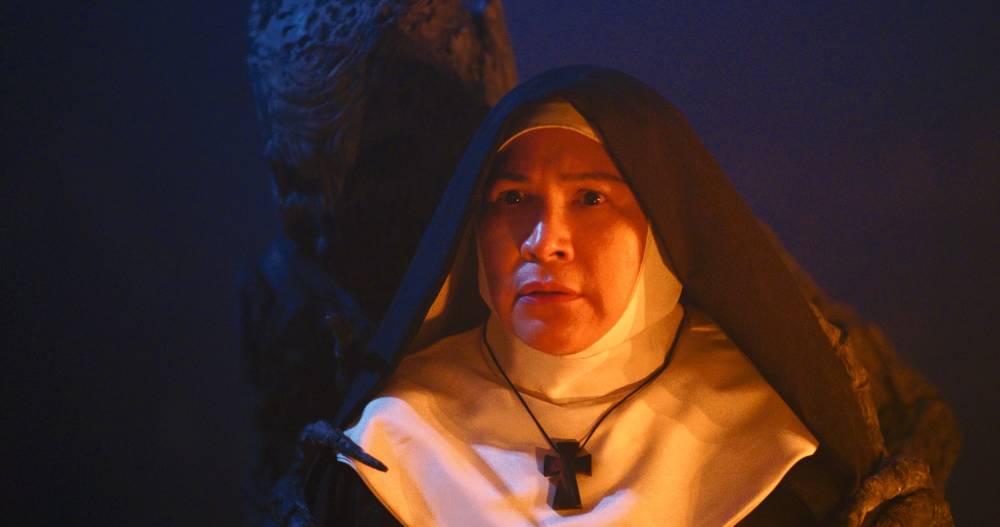
The enduring popularity of horror
It’s quite a feat that a horror franchise does so well in the Christmas season, but Reynes says it’s something Filipinos love. Horror allows people to scream, gives them an excuse to hug people, to go and eat after watching a film, and talk about the movie—all of which are the joys of watching a horror film in the cinema.
Teo agrees, saying, “I think the pandemic has changed the way people view content, and now they are really picky about the content they watch publicly. Horror is multigenerational and can bring people together: they want to watch with other people. Horror, as a genre, works really well for that shared experience, and that’s not going to go away.”
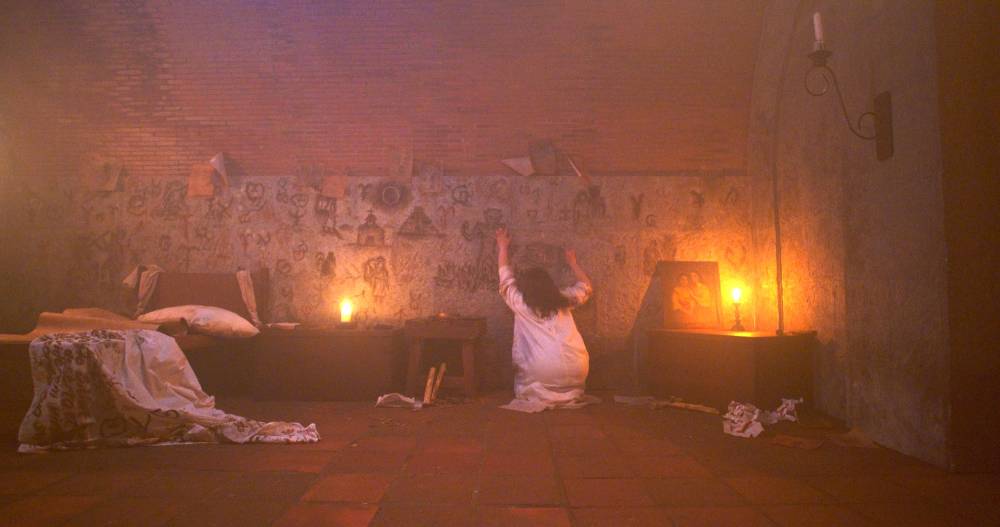
“I think something wakes up deep inside us whenever we watch horror,” Reynes adds. “People like horror because when people get scared, they find their courage. [It’s] the adrenaline rush. It plays with our imagination.”
“Horror has gone global,” Teo notes. “It is a genre that travels really well. It’s all about the mood, the atmosphere, and the scares. So for us, we have to continuously find ways to up our game. Yes, we bring in the horror, but we also continue to add elements that tie to our Philippine culture and to continue to push the narrative to feel bigger and grander than the typical horror film.”















